How to Build a Patient Portal Application With Caspio
Learn how to build powerful workflow applications using Caspio's drag-and-drop and point-and-click tools.
4.58 (45 reviews)
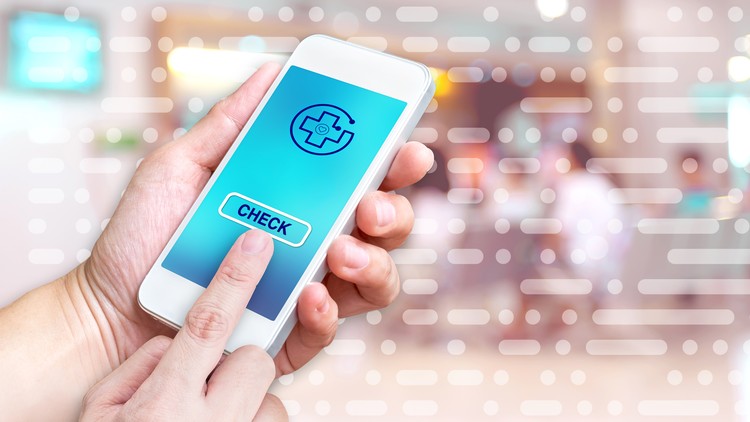
5,067
students
1.5 hours
content
Mar 2019
last update
FREE
regular price
What you will learn
Students will learn how by using Caspio's low code development platform, they will be able to rapidly create web-based database applications
Build a patient portal that tracks vital signs
Build a doctor portal to manage patients
Dashboard to view patient stats
Screenshots
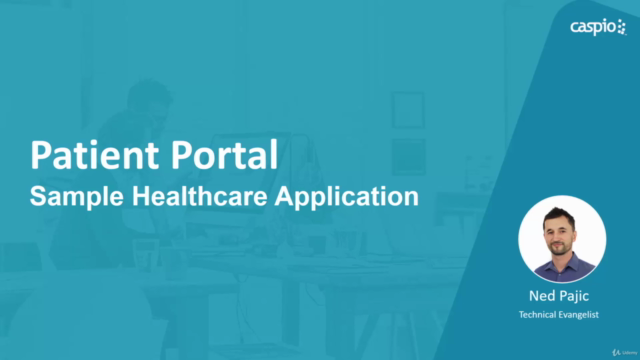
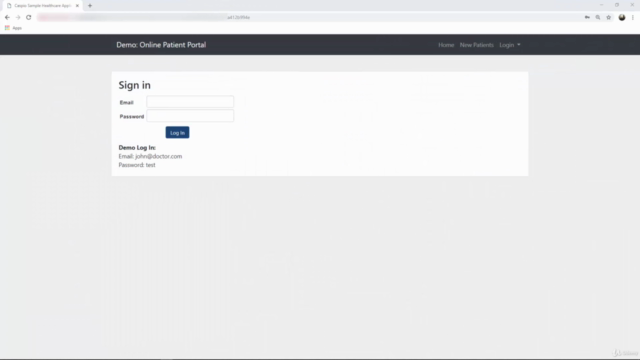
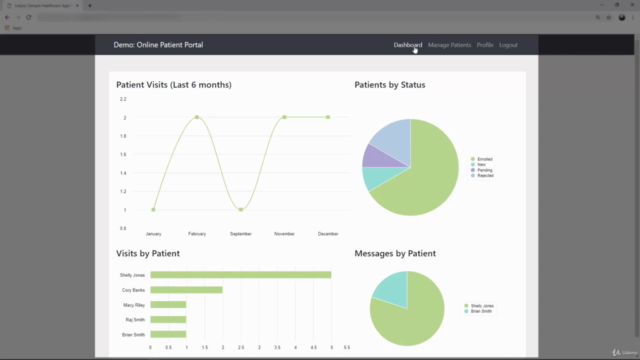
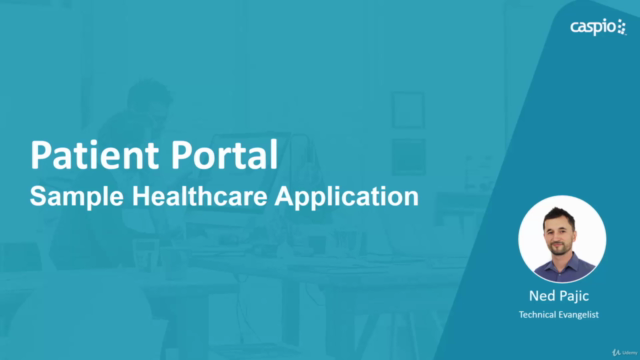
Related Topics
2270562
udemy ID
3/14/2019
course created date
11/22/2019
course indexed date
Bot
course submited by